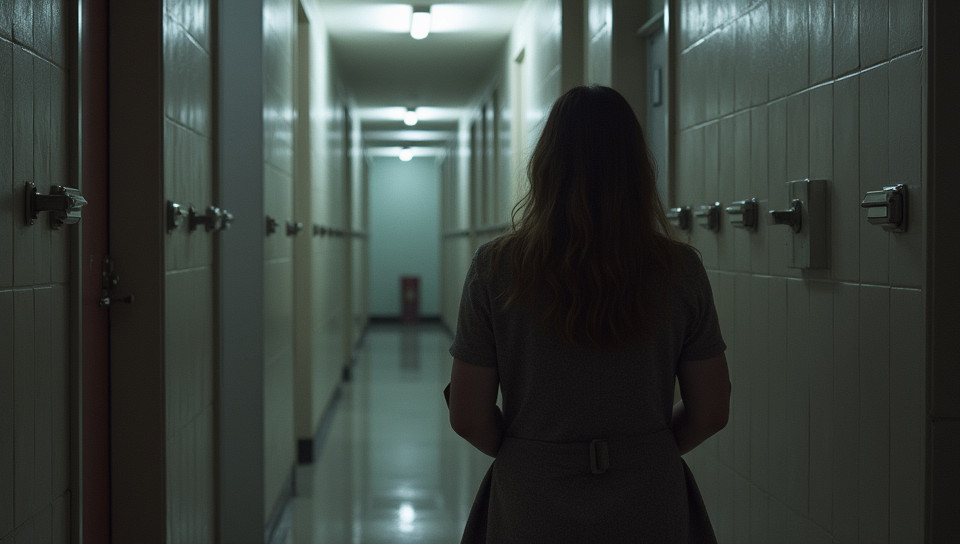Copycat suicides happen when media coverage is insensitive 64%

The Dark Side of Sensationalism: How Insensitive Media Coverage Contributes to Copycat Suicides
Imagine being one of the millions of people who have been affected by suicide, either personally or through the loss of a loved one. The last thing you would want is for their tragic story to be exploited in the media, triggering a ripple effect that could lead to more lives being lost. Unfortunately, this is exactly what happens when media coverage prioritizes sensationalism over sensitivity.
The Risk of Copycat Suicides
Copycat suicides are a real and devastating phenomenon. When the media covers a high-profile suicide in a way that glamourizes or trivializes it, it can create a culture of contagion. This can lead to an increase in suicidal behavior among vulnerable individuals who may feel inspired by the story.
- Sensational headlines and graphics
- Graphic descriptions of the method used
- Focus on the perpetrator rather than the victims
- Lack of resources and support information for those struggling with mental health issues
These elements can create a toxic mix that encourages others to follow in the footsteps of the person who died. It's essential to recognize the impact that media coverage can have and take steps to prevent it.
The Impact on Mental Health
Mental health experts agree that the media plays a significant role in shaping public perceptions of mental illness and suicidal behavior. When the media portrays suicide as a viable solution to problems, it sends a disturbing message to those who may be struggling with their own demons.
In addition, the lack of nuance and sensitivity in media coverage can perpetuate stigma around mental health issues. This can prevent people from seeking help when they need it most, exacerbating the problem.
A Call to Action
It's time for the media to take responsibility for its role in contributing to copycat suicides. By adopting a more sensitive and responsible approach to covering suicidal behavior, we can create a culture that promotes hope and support rather than despair and imitation.
This means avoiding sensational language and graphics, focusing on resources and support services, and prioritizing the stories of those who have been affected by suicide. It's a small change that could make a significant difference in preventing more lives from being lost.
Conclusion
The next time you're scrolling through your social media feed or watching the news, remember the potential impact that media coverage can have on vulnerable individuals. Let's work together to create a culture that promotes empathy and understanding rather than sensationalism and exploitation. The lives of those affected by suicide depend on it.
- Created by: Sōma Nishimura
- Created at: Nov. 2, 2024, 11:02 a.m.
- ID: 15302





